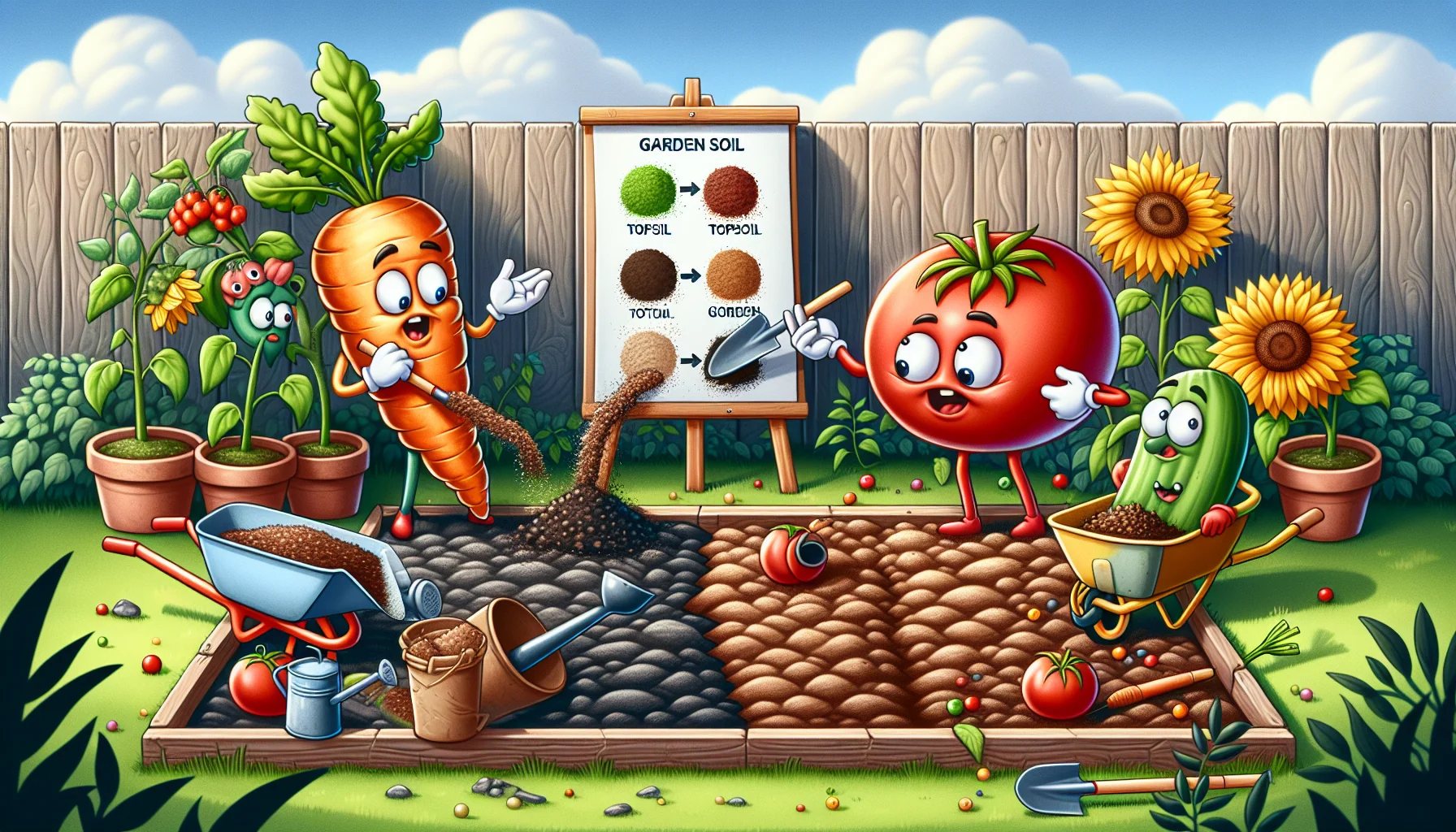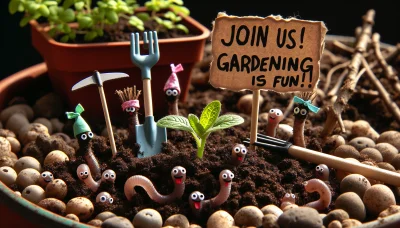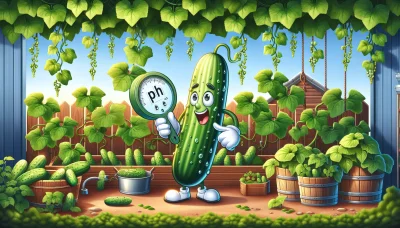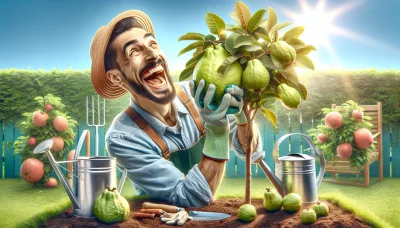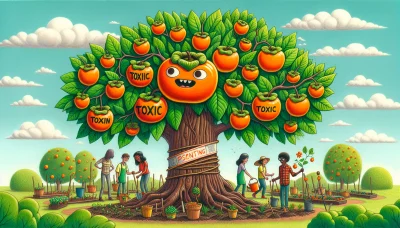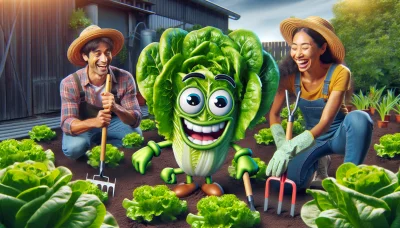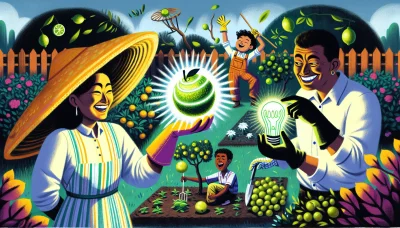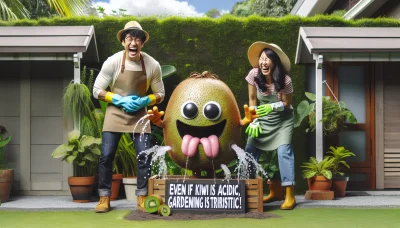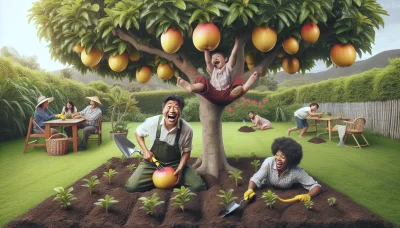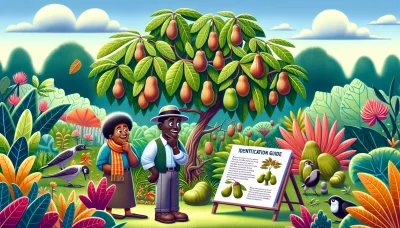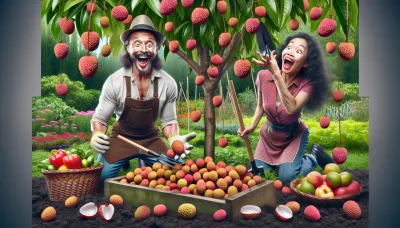Difference between topsoil and garden soil Quiz
Test Your Knowledge
Question of
Understanding the Difference Between Topsoil and Garden Soil
Choosing the right type of soil is crucial for successful gardening. The health and productivity of your plants largely depend on the quality and composition of the soil they are grown in. Topsoil and garden soil serve different purposes and contain distinct compositions that can significantly affect plant growth. Understanding these differences can help gardeners make informed decisions, ensuring their plants receive the appropriate nutrients, support, and drainage necessary for optimal growth and health.
What is Topsoil?
Topsoil is the uppermost layer of soil, which is rich in organic matter and nutrients, making it extremely fertile and ideal for growing plants. This layer typically consists of a mixture of sand, silt, clay, and organic matter, providing a balanced environment for plants to thrive. Its composition can vary depending on the location but is generally designed to support healthy plant life by facilitating root growth and water retention. In gardening, topsoil is often used to improve the soil quality of gardens and landscapes, fill raised beds, or as a top layer for lawns to promote lush, green growth. Its ability to retain moisture and nutrients effectively makes it a crucial component for any gardening project, ensuring plants receive the necessary resources to grow strong and healthy.
What is Garden Soil?
Garden soil is a rich, organic material used as a medium for growing plants. It's a blend of decomposed plant matter, minerals, and microorganisms, making it fertile and capable of retaining moisture and nutrients. Unlike potting soil, which is formulated for container gardening, garden soil is designed for outdoor use. It improves the physical structure of the soil, enhances drainage, and provides essential nutrients for plant growth. Garden soil is ideal for creating flower beds, vegetable patches, and for amending existing soil to boost its fertility and structure.
Key Differences Between Topsoil and Garden Soil
- Composition: Topsoil is generally a naturally occurring layer of the earth's surface, consisting of a mixture of organic matter, minerals, and decomposed materials. Garden soil, on the other hand, is a manufactured product that combines topsoil with other organic matter, such as compost, to create a medium specifically designed for plant growth.
- Nutrient Content: Garden soil is typically richer in nutrients than topsoil because it has been enhanced with organic matter and other nutrients to support plant growth. Topsoil's nutrient content can vary widely depending on its source and has not been specifically enriched for gardening purposes.
- Best Use Cases: Topsoil is best used for leveling and filling landscapes, improving the soil structure in your garden, or as a base layer for laying sod. Garden soil is best used for planting and growing flowers, vegetables, and other plants in containers or raised beds, where its nutrient-rich composition can provide a better environment for plant growth.
Choosing the Right Soil for Your Garden
When it comes to gardening, selecting the right soil is a crucial step that can significantly impact the health and growth of your plants. The choice between topsoil and garden soil largely depends on the type of plants you are planning to grow and the specific needs of your garden. Topsoil is primarily used to improve the top layer of the soil in your garden, making it ideal for repairing patches in your lawn or filling raised beds. It is often lighter and less dense than garden soil, providing a good environment for seeds to germinate in areas where the existing soil is poor. On the other hand, garden soil is specifically formulated for garden beds and is enriched with compost and other organic matter to support plant growth. It is best suited for perennial beds, vegetable gardens, and plants that require more nutrients from the soil. Understanding the requirements of your garden and the needs of your plants will help you make the right choice between topsoil and garden soil, ensuring your garden thrives.
How to Improve Your Soil
- Add Organic Matter: Incorporate compost, aged manure, or leaf mold to enrich the soil.
- Test Soil pH: Test your soil's pH and adjust it according to the needs of your plants. Lime can raise the pH, while sulfur can lower it.
- Use Mulch: Apply mulch to conserve moisture, suppress weeds, and improve soil quality as it decomposes.
- Grow Cover Crops: Plant cover crops like clover or vetch in the off-season to improve soil fertility and structure.
- Aerate Compact Soil: Loosen compact soil by aerating it, which helps improve water infiltration and root growth.
- Practice Crop Rotation: Rotate your crops to prevent soil depletion and reduce pest and disease problems.
- Introduce Beneficial Microorganisms: Apply products containing mycorrhizal fungi or beneficial bacteria to enhance nutrient uptake.
- Minimize Tilling: Reduce tilling to preserve soil structure and prevent the loss of organic matter.
- Control Erosion: Use terracing, contour planting, or retaining walls to prevent soil erosion on slopes.
- Keep Soil Covered: Use living plants or mulch to keep the soil covered at all times, protecting it from erosion and moisture loss.
Conclusion: Making the Best Choice for Your Garden
Understanding the difference between topsoil and garden soil is crucial for anyone looking to achieve a thriving garden. Each type of soil serves distinct purposes and contains specific nutrients and textures beneficial for various plants. By making an informed choice between topsoil and garden soil, gardeners can ensure their plants receive the right foundation they need to grow strong and healthy, ultimately leading to a more vibrant and flourishing garden.
